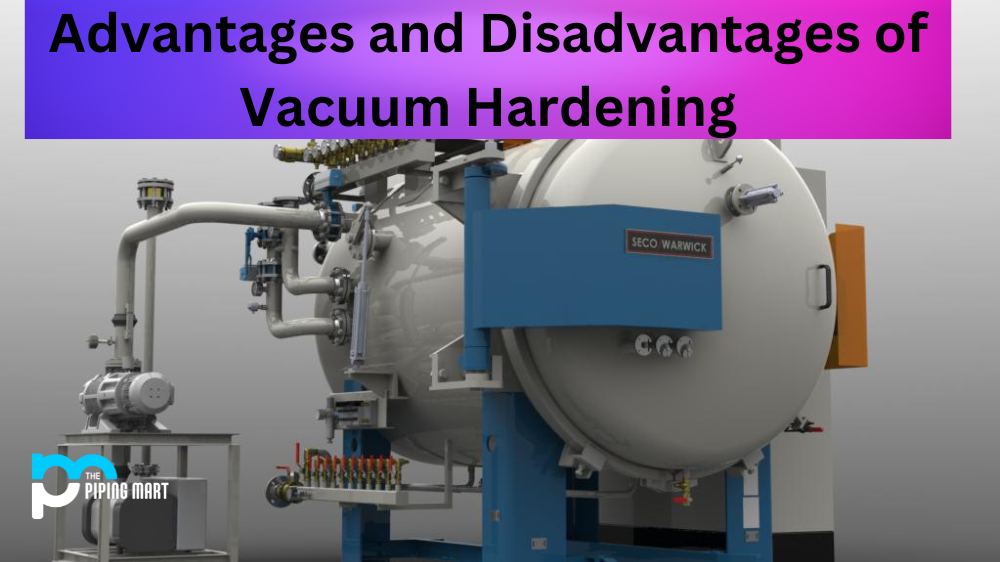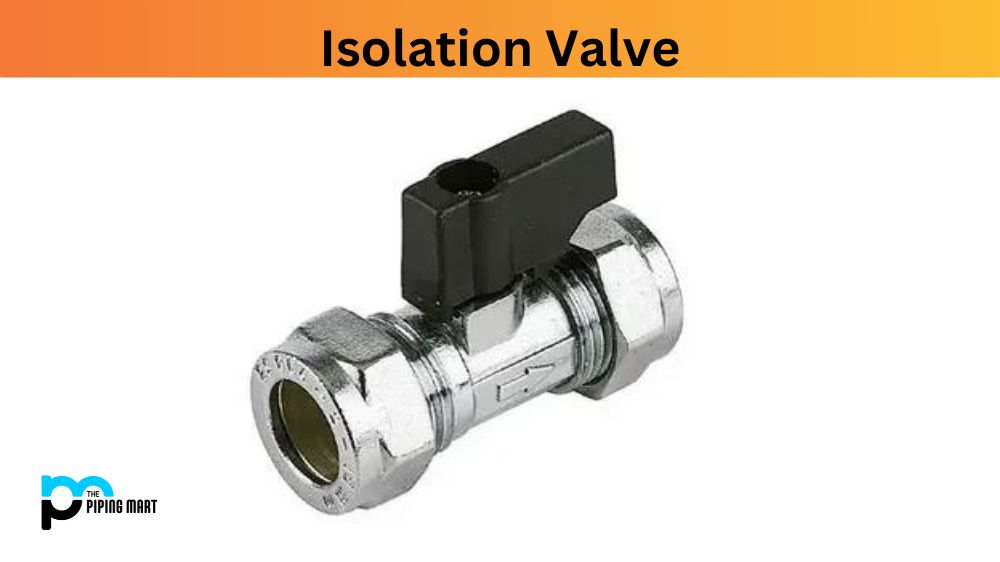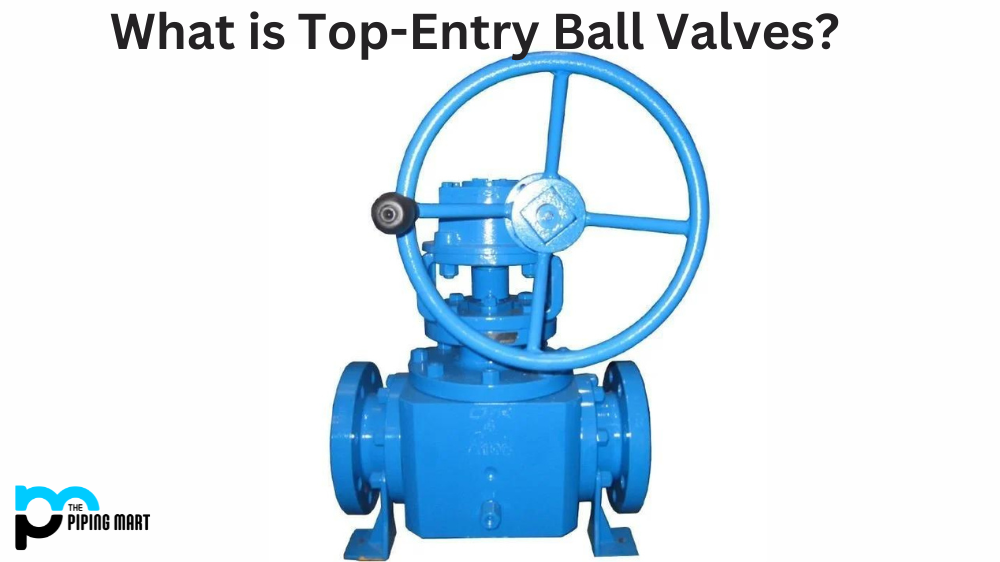Vacuum hardening is a process used to harden steel and other metal alloys. It involves heating the metal in a vacuum chamber before cooling it quickly to increase its hardness. There are many benefits to using this technique, but there are also some drawbacks that should be considered before using it for your application. In this blog post, we will discuss the advantages and disadvantages of vacuum hardening.
Advantages of Vacuum Hardening
The main advantage of vacuum hardening is that it can be used to harden steels and other metals without the risk of oxidation. This means that no additional steps need to be taken to protect the metal from corrosion, which can save time and money in production. Additionally, vacuum hardening allows for uniform temperatures throughout the entire part, which results in a more consistent hardness. Finally, because it eliminates oxidation, it can also help reduce wear on parts by eliminating potential weak points caused by oxidation.
Increased hardness
One of the primary advantages of vacuum hardening is that it can increase the hardness of a metal. This is due to the fact that the metal is cooled very rapidly when it is placed in a vacuum, which causes the formation of martensite. Martensite is a very hard microstructure that is formed when iron-based alloys are cooled quickly.
Improved wear resistance
Another advantage of vacuum hardening is that it can improve the wear resistance of a metal. This is due to the fact that the rapid cooling process creates a more homogeneous microstructure, which is less likely to experience wear. Additionally, the increased hardness of the metal also helps to improve its wear resistance.
Enhanced corrosion resistance
Vacuum hardening can also enhance the corrosion resistance of a metal. This is because the rapid cooling process creates a more compact microstructure, which is less likely to corrode. Additionally, the increased hardness of the metal also helps to improve its corrosion resistance.
Better dimensional stability
Another advantage of vacuum hardening is that it can improve dimensional stability. This is because the rapid cooling process prevents large crystals from forming, which can cause warping and other dimensional issues.
Reduced distortion
Finally, vacuum hardening can also reduce distortion. This is because the rapid cooling process prevents large crystals from forming, which can cause distortion during heat treatment processes such as quenching.
Disadvantages of Vacuum Hardening
One of the primary disadvantages of vacuum hardening is its cost. As opposed to conventional methods such as induction or flame hardening, vacuum hardening requires specialized equipment and a high level of expertise which can make it cost-prohibitive for some applications. Additionally, due to its reliance on a vacuum environment, parts must be small enough in size so as not to impede airflow through the chamber, which may limit its use for large-scale projects. Finally, because the process relies on rapid cooling techniques, extreme caution must be taken when handling parts after they have been hardened; sudden temperature changes can cause them to crack or shatter if not handled properly.
High Cost
One of the primary disadvantages of vacuum hardening is the high cost. The equipment required to vacuum harden steel is very expensive, and the process itself is also quite costly. Additionally, vacuum hardening can only be performed by trained professionals, which further adds to the cost.
Limited Availability
Another disadvantage of vacuum hardening is that it is not widely available. There are only a handful of companies that offer vacuum hardening services, and they are typically located in major cities. This can make it difficult or impossible for smaller businesses to access this service.
Time-Consuming
Vacuum hardening is also a time-consuming process. The steel must be heated to a very high temperature and then cooled slowly in order to achieve the desired results. This can take several hours, which can be impractical for some businesses.
Risk of Damage
There is also a risk of damage when vacuum hardening steel. If the steel is not heated or cooled properly, it can become brittle and break easily. Additionally, if the vacuum seal is not perfect, impurities can enter the steel and cause problems.
Requires Specialized Equipment
Finally, vacuum hardening requires specialized equipment that most businesses do not have. This equipment can be very expensive, and it may not be worth the investment for some companies.
Conclusion:
Vacuum hardening is an effective method for increasing hardness in metals such as steel and iron alloys but has certain drawbacks, such as cost and size limitations, that should be weighed against its benefits before choosing this method for your application. With proper training and specialized equipment, however, it can provide an efficient way to achieve uniform hardness throughout an entire part while avoiding potential oxidation issues during production. For those looking for an efficient way to obtain maximum hardness with minimal risks involved, then vacuum hardening may be worth considering for their project needs.

Abhishek is a seasoned blogger and industry expert, sharing his insights and knowledge on various topics. With his research, Abhishek offers valuable insights and tips for professionals and enthusiasts. Follow him for expert advice on the latest trends and developments in the metal industry.




